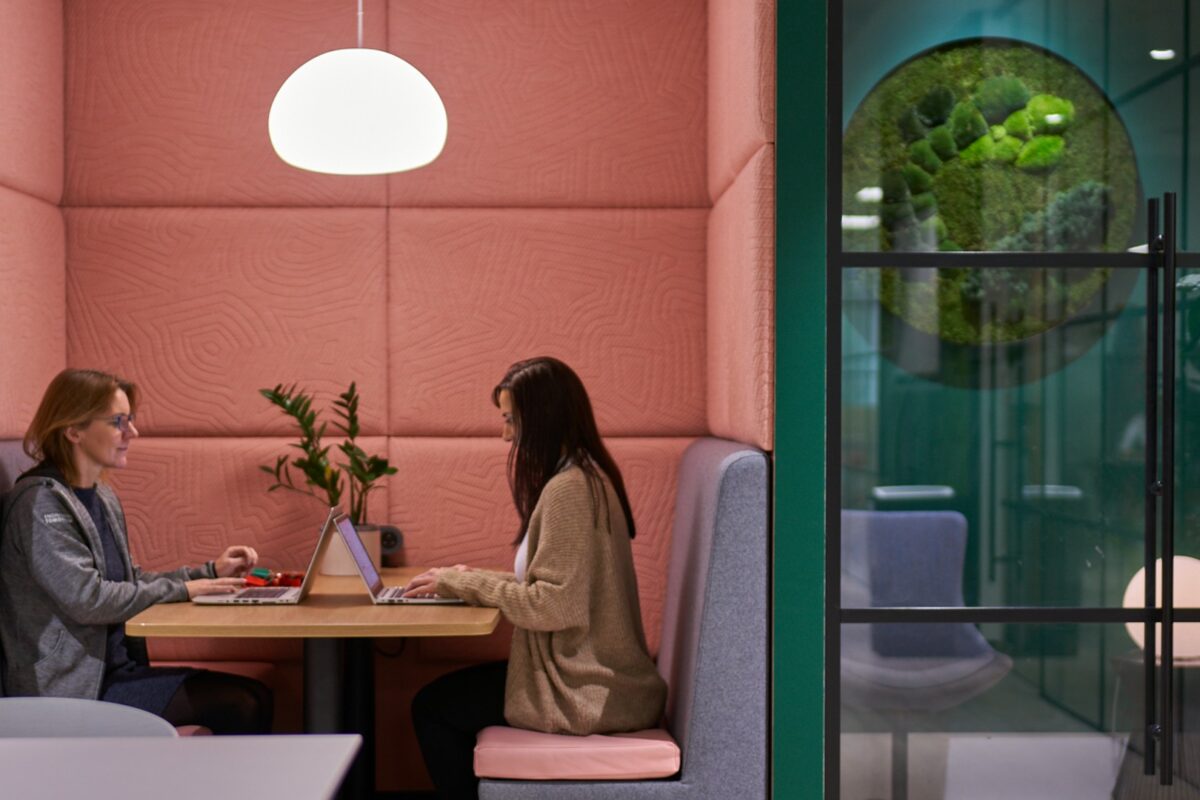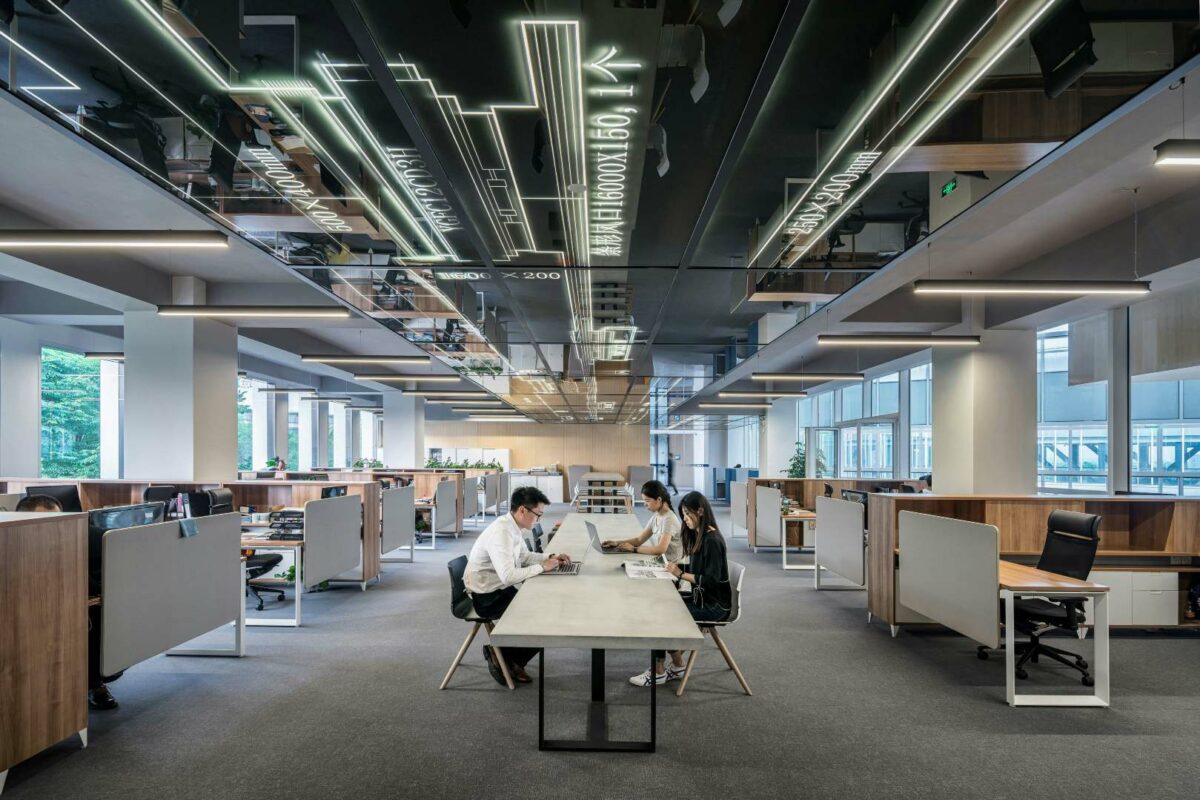The notion of developing a workplace where the design and use of technologies is optimised to encourage wellbeing has been growing in popularity for some years now. But with a recent project commissioned by the UK’s leading electrical wholesaler CEF, it is evident that this fusion of aspiration and technology has reached a new level in terms of UK office spaces.
CEF had some very specific ideas when it started to plan the construction of Janet Nash House – the epicenter of its Marketing and IT teams in Durham, UK. Eager to move away from traditional desk-centric working practices and create an environment conducive to wellbeing, CEF encouraged architects FaulknerBrowns to take a highly innovative approach to its design.
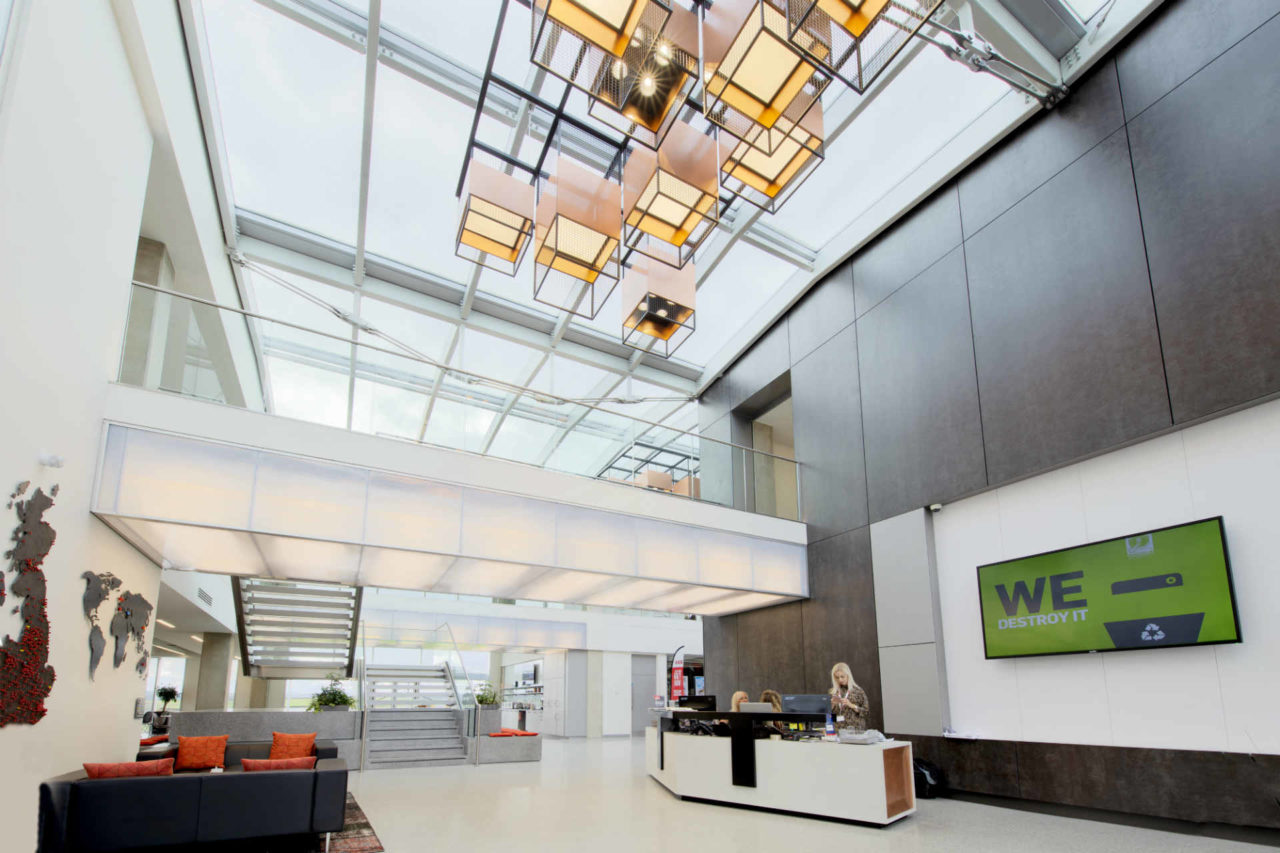
Pauline Kirk, Group Data Director at CEF, explains that “the company wanted to have the kind of environment where workers are more dynamic and able to move about more, making collaboration easier. FaulknerBrowns are very focused on wellbeing and this was an important part of the project from day one” – informing the incorporation of collective non-work spaces, such as a pool table and fully-equipped gym, as well as the choice of core systems throughout the building.
Steve Dickson, Senior Director at FaulknerBrowns, explains: “From the outset, CEF’s new building prioritised efficiency and sustainability. This was delivered in a holistic way via the building fabric and the technologies employed within it, which included a highly innovative structural solution developed for the project that was critical to the functionality of the space, its aesthetic appearance and environmental performance.”
A similar dual-focus on quality and wellbeing influenced the decision to engage Tamlite to provide the lighting.
Functionality and flexibility
Delivering a lighting infrastructure that contributed to a healthy, comfortable working environment was a major priority, recalls Pauline: “It was important for everyone that we had a lighting solution that minimised glare to prevent eye strain and headaches, as well as providing the flexibility needed to deliver appropriate, adaptable lighting that can change dependent on the room function. Utilising the latest lighting technology, the installed solution accommodates all of these needs.
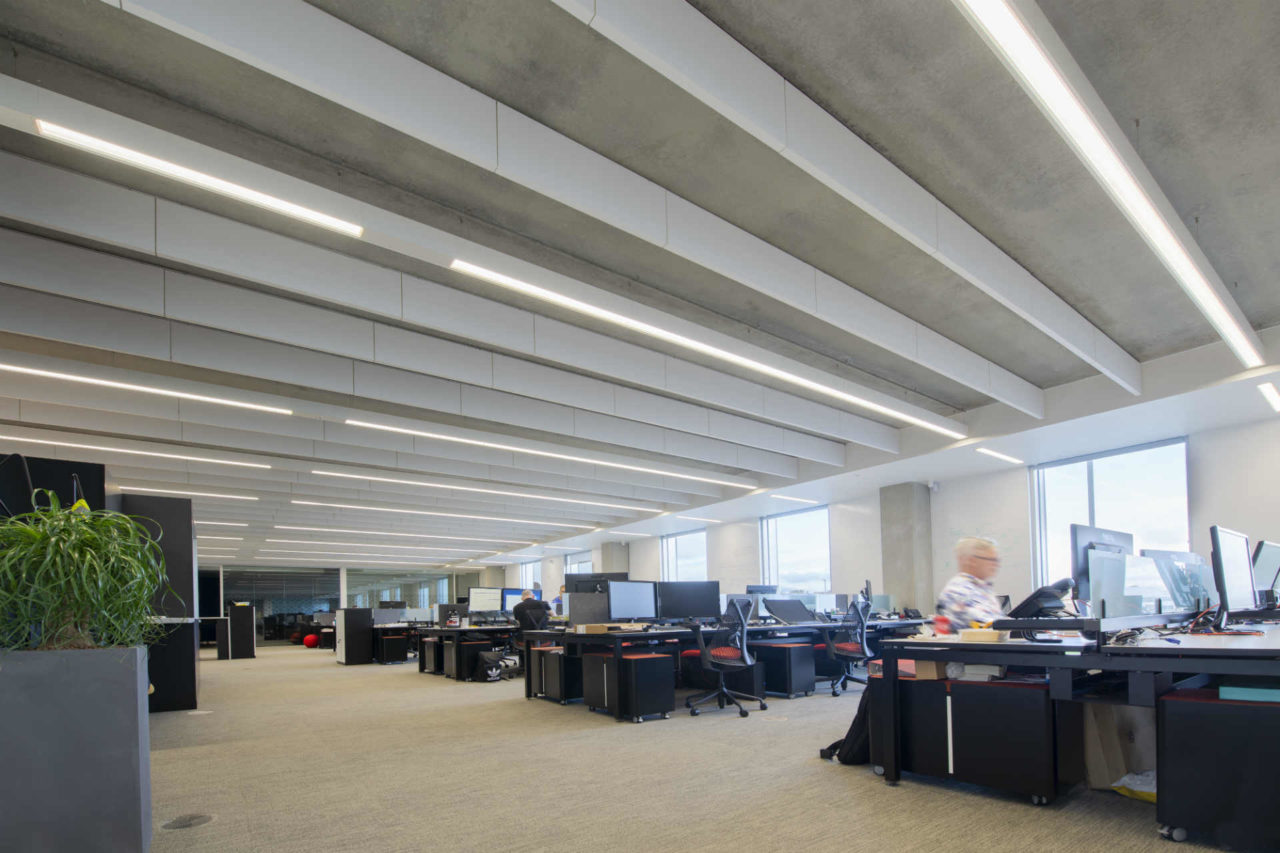
By using the DALI technology in conjunction with the centralised building management system, it is possible to achieve different lighting states – for example, in spaces where a ‘softer’ lighting effect is required”. Collectively, adds Dickson, the lighting in Janet Nash House “follows a biophilic approach whereby natural light and artificial lighting are blended to reinforce a natural circadian rhythm. This promotes a healthy working environment that is human-centric.”
Raising awareness of wellbeing-related issues has been integral to Tamlite’s activities for many years now, making them a logical choice for this lighting project. As well as advising on the best systems for different areas of the building – including the more purely social spaces – Tamlite was able to adapt standard practices and develop new, bespoke solutions. As Dickson recalls, “the design team worked closely with Tamlite to modernise and develop bespoke luminaires for inclusion in the build.”
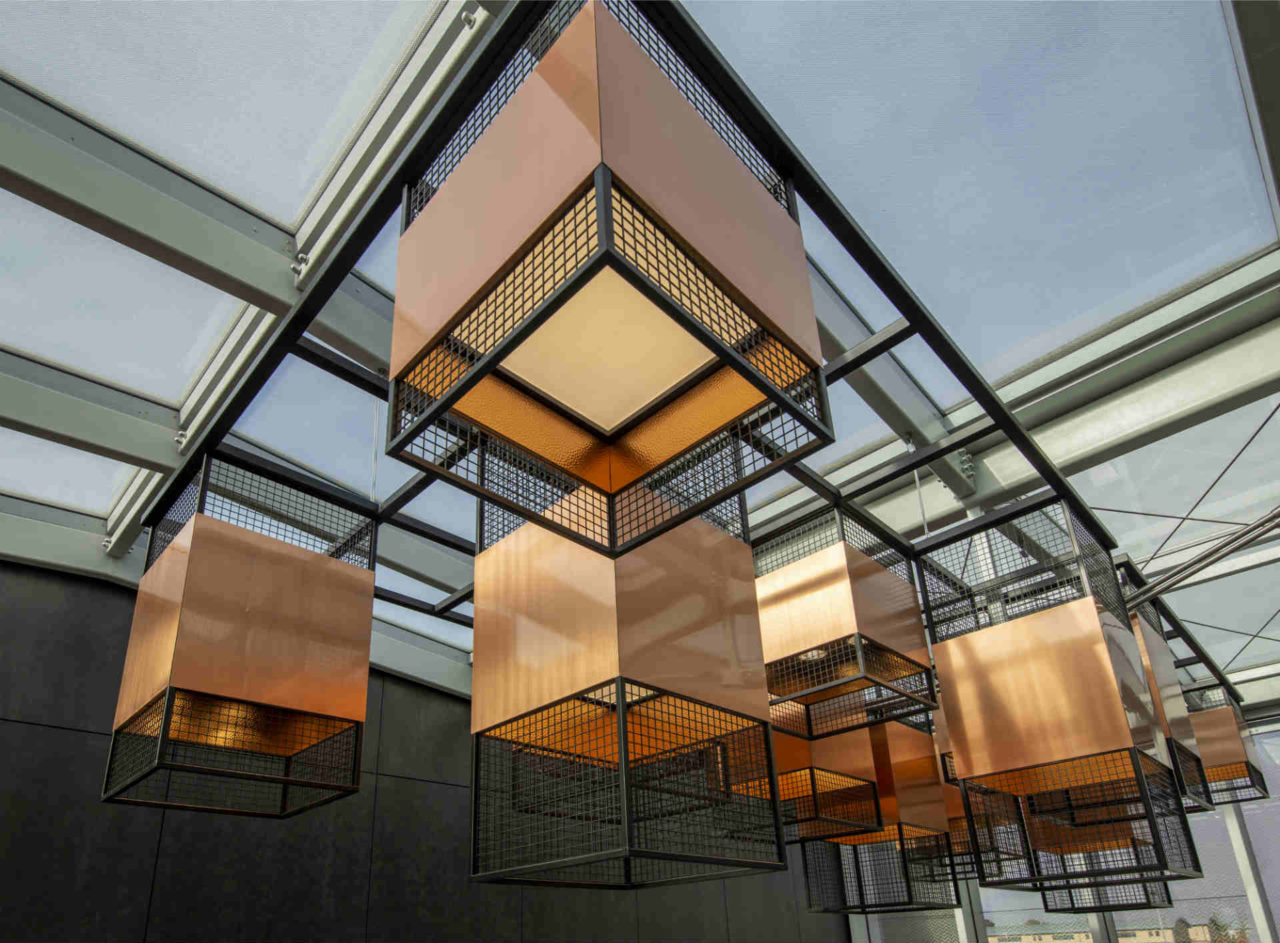
Working in close collaboration with electrical consultants Desco and contractors McNally and Thompson, Tamlite supplied a series of visually subtle fittings to complement the impressive interior design. The use of the DALI lighting network control protocol in combination with presence sensors and daylight harvesting ensures that lighting is only used when and where it is required.
There has also been an emphasis on reducing negative effects associated with glare. For instance, the linear lighting solution has been designed to offer a consistent UGR of <19, in line with studies that show employees are less likely to experience headaches or visual discomfort in such a lighting environment.
‘Much improved’ working conditions
The CEF team moved into the new building in June 2018, since when a number of high-profile honours – including the British Council of Offices Best Corporate Office Award 2019 – have confirmed that the project has fully satisfied its far-reaching objectives.
The strong outcome, says Dickson, was made possible thanks to “the integration of the building systems and the flexibility offered by the structural grid. The even utilisation of lighting enables work settings to be placed anywhere within the open plan floor plate, and this is further supported by the displacement air strategy emanating from the floor plenum. All in all, the building physics and aesthetics are intrinsically interwoven, delivering a solution which is all about CEF.”
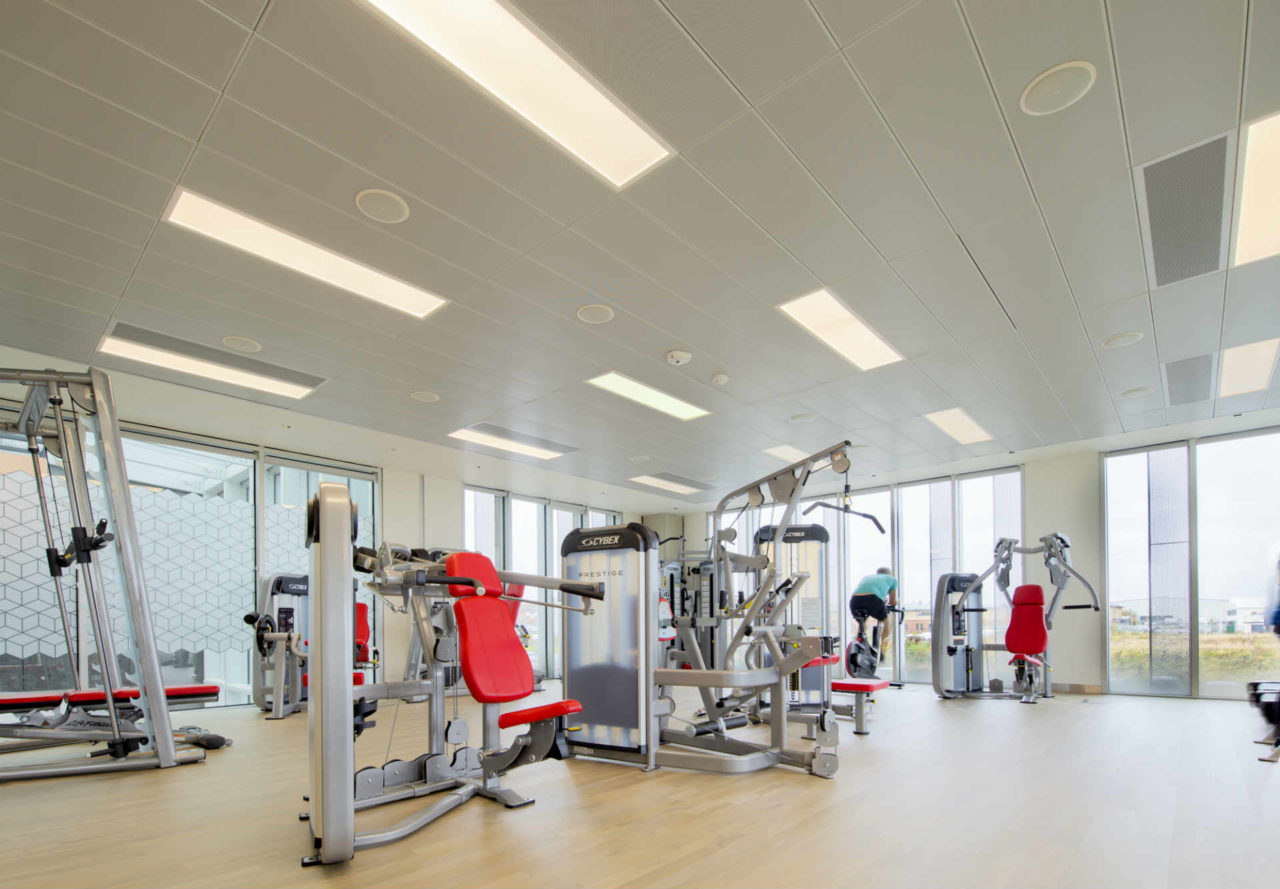
Understandably delighted by the multiple awards bestowed upon the new offices, Dickson observes that the feedback from staff has been equally positive. The quality and control accessibility of the new lighting has been praised, while there is a consensus view that “the working experience is now much improved. It’s been a wonderful collaboration with FaulknerBrowns and one that provides us with a fantastic template for future developments.”
Tamlite Lighting also won the Electrical Industry Awards Project of the Year Award in 2018 for the lighting solution at CEF’s Janet Nash House.
To find out more about workplace wellbeing from Tamlite Lighting, click here.
Content Team
Work in Mind is a content platform designed to give a voice to thinkers, businesses, journalists and regulatory bodies in the field of healthy buildings.


